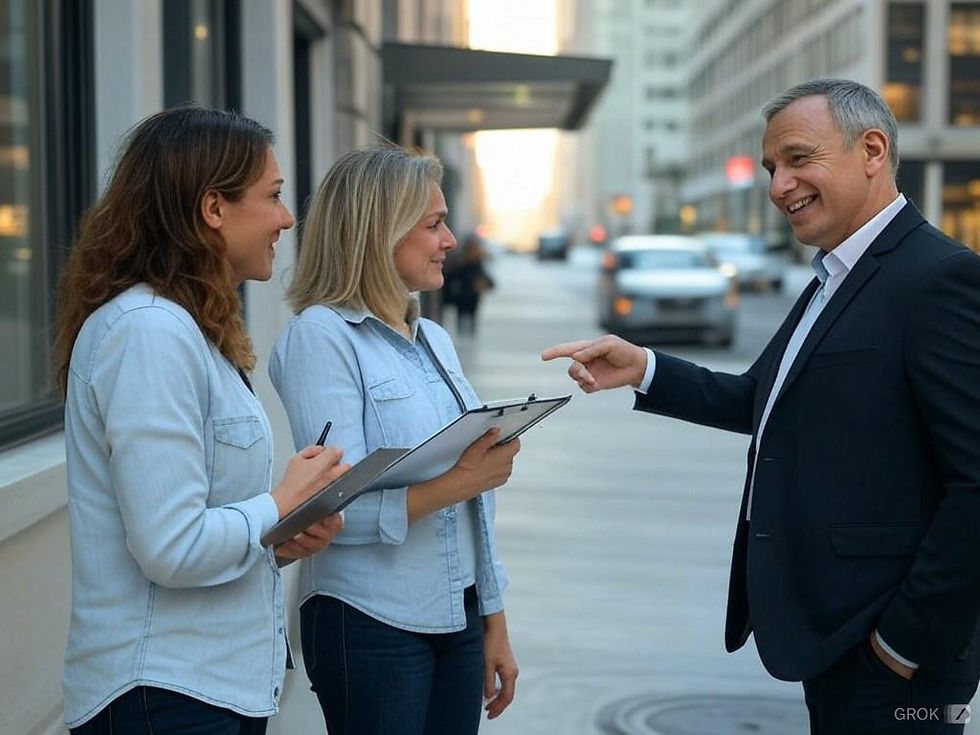What Is a Slumlord? Understanding Tenant Rights & Protection in 2025
- Hoozzee

- Aug 3
- 3 min read
In 2025, with U.S. rental demand soaring—over 44 million households renting amid a 7% rise in costs—tenants face heightened risks from slumlords, landlords who neglect properties for profit, leaving renters in unsafe, unhealthy conditions. Unlike responsible landlords who maintain safe, habitable spaces, slumlords exploit vulnerable tenants, especially in low-income areas, contributing to health hazards and community decline. This guide defines slumlords, explores their effects, and equips tenants with strategies to avoid exploitation, including leveraging 2025’s updated tenant protection laws. For broader renter safeguards, check our guide on Protecting Your Home: Understanding the Rights of a Tenant.
What Defines a Slumlord?
A slumlord is a landlord who prioritizes profit over tenant welfare, renting out poorly maintained properties with issues like mold, pests, or faulty wiring. Often targeting low-income neighborhoods, they charge high rents for substandard housing, exploiting tenants with limited options. In 2025, urban housing shortages amplify this issue, with 20% of renters reporting maintenance delays.
Slumlord vs. Responsible Landlord
Responsible Landlord: Ensures timely repairs, complies with codes, and fosters community trust.
Slumlord: Ignores maintenance, violates regulations, and creates hazardous living conditions.
This contrast highlights why tenant vigilance is critical. For legal insights, see Understanding Codes, Covenants, and Restrictions.
Impacts of Slumlords on Tenants and Communities
Slumlords create ripple effects beyond individual renters:
Health and Safety Risks
Neglected properties harbor mold, pest infestations, and structural issues, leading to respiratory problems or injuries. In 2025, studies link 15% of tenant health issues to poor housing conditions.
Psychological and Financial Strain
Substandard homes increase stress and anxiety, while high rents trap tenants in poverty cycles, with 30% of low-income renters spending over half their income on rent.
Community Decline
Run-down properties lower neighborhood property values by 5-10%, deter investment, and raise crime rates, straining local resources.
Legal Responsibilities of Landlords in 2025
Landlords must comply with housing codes covering structural integrity, plumbing, electrical systems, and sanitation. Violations lead to fines, lawsuits, or property seizure. In 2025, enhanced regulations in states like California and New York mandate stricter inspections, with penalties up to $10,000 for non-compliance.
Tenant Rights and Protections Against Slumlords
Tenants are empowered to fight back:
File Complaints: Report code violations to local housing authorities.
Withhold Rent: In some states, tenants can withhold rent until repairs are made, per legal guidelines.
Pursue Legal Action: Sue for damages or habitability breaches; legal aid groups offer support.
For eviction-related protections, explore Stopping Landlord Harassment: Know Your Rights and Fight Back.
How to Protect Yourself from Slumlords in 2025
Avoid exploitation with these proactive steps:
Research the Landlord and Property
Check online reviews and tenant forums for red flags.
Consult housing authorities for violation records.
Talk to current/former tenants about maintenance history.
Inspect Properties Thoroughly
Visit in person; look for mold, leaks, or electrical issues.
Request pre-move-in repairs in writing.
Meet the landlord to gauge responsiveness.
Understand Your Lease Agreement
Review terms for repair obligations and termination clauses.
Seek legal advice for unclear provisions; retain a signed copy.
For lease tips, see Lease vs Rent: Uncovering Key Differences.
Document Everything
Log all landlord communications and repair requests.
Take photos of property conditions upon move-in and during tenancy.
Keep records to support potential legal claims.
FAQs on Slumlords and Tenant Rights in 2025
What Qualifies as a Slumlord?
Neglect of repairs, code violations, and exploitative rent practices define slumlords.
Can I Break a Lease with a Slumlord?
Yes, if habitability is compromised, but consult local laws or legal aid first.
How Do I Report a Slumlord?
Contact your local housing authority or tenant union; provide evidence like photos.
Are Slumlords Common in 2025?
Yes, especially in high-demand, low-income areas; vigilance is key.
Conclusion: Empower Yourself Against Slumlords in 2025
Slumlords pose significant risks to tenants and communities, but armed with knowledge of your rights, thorough research, and diligent documentation, you can secure safe housing. In 2025’s competitive rental market, proactive steps like inspecting properties and understanding leases are non-negotiable. Advocate for stronger regulations and explore our blog for more renter resources to ensure a fair, habitable home.


